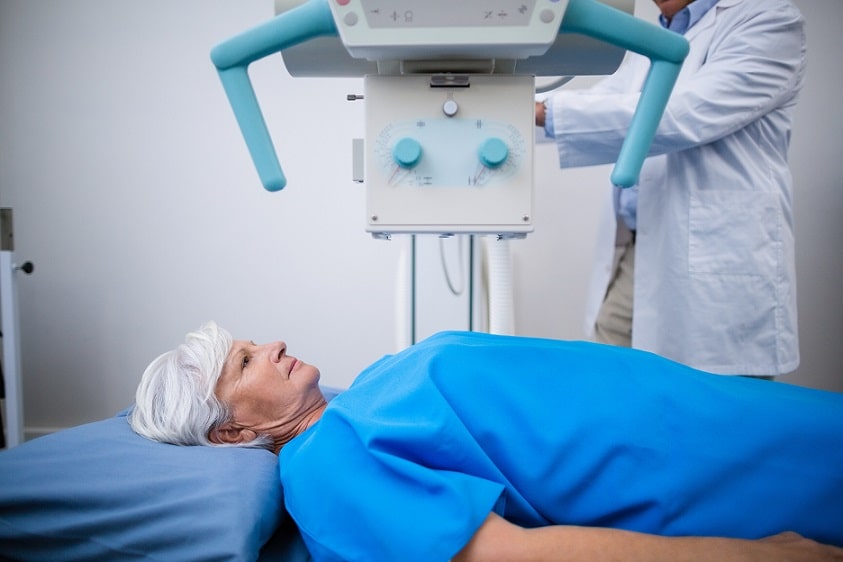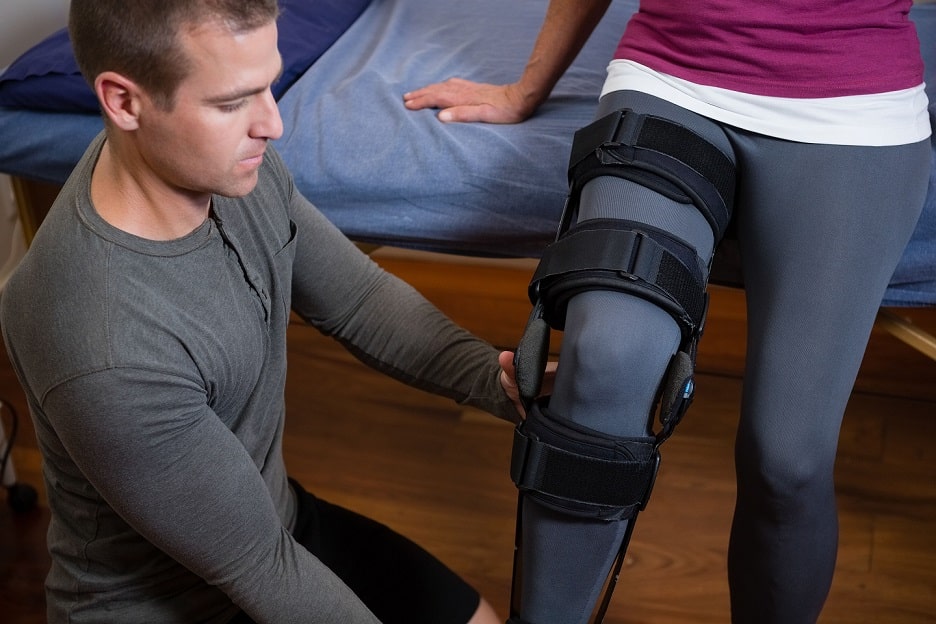 Crossing a road is part of everyday life. We are all well aware of the dangers – whether it be as a driver looking out for pedestrians or as a pedestrian trying to safely cross to the other side of the road. Zebra crossings are in place to assist pedestrians in crossing the road. On busy roads, it would be very difficult without some kind of crossing in place to get to the other side. It would be very dangerous without some kind of crossing. Of course there are duties upon both drivers and pedestrians when it comes to zebra crossings. Liability can often be split depending on the circumstances of the individual case.
Crossing a road is part of everyday life. We are all well aware of the dangers – whether it be as a driver looking out for pedestrians or as a pedestrian trying to safely cross to the other side of the road. Zebra crossings are in place to assist pedestrians in crossing the road. On busy roads, it would be very difficult without some kind of crossing in place to get to the other side. It would be very dangerous without some kind of crossing. Of course there are duties upon both drivers and pedestrians when it comes to zebra crossings. Liability can often be split depending on the circumstances of the individual case.
Pedestrians should wait for cars to stop in both directions before stepping out into the road. Other factors to consider include the speed of the vehicle, whether the pedestrian had waited for it to be safe before stepping out into the road etc. Especially in this type of claim, witnesses could be crucial.
The Zebra, Pelican and Puffin Pedestrian Crossings Regulations 1997 prescribe an absolute duty for the driver to stop if anyone is on the crossing. Therefore even if the pedestrian ran out into the road it can be difficult for a driver to escape liability all together. Hence in some situations it leads to a split in liability whereby the driver and the passenger are both to blame to some extent.
In Kozimor v Adey (1962) the Claimant ran onto a pedestrian crossing in front of the Defendant’s car. It was estimated that the Defendant’s car was travelling at around 25mph and was about 15 yards away when the Claimant began to cross. The Defendant applied his brakes and swerved to the right but was unable to avoid a collision with the Claimant. It was decided that the Claimant was 75% at fault for the accident. This case demonstrates that it can be difficult for a driver to escape liability all together for such accidents at crossings even when the Claimant ran out into the road when it was not safe to do so.
A pedestrian is under a duty to ensure that it is reasonably safe to step onto the crossing. There is also a duty to keep a lookout when crossing and any failure can result in a finding of contributory negligence.
In the above case of Kozimor v Adey (1962) discussed above the Defendant’s car was very close when the Claimant ran out into the road, hence a high percentage (75%) of contributory negligence was found. If the Defendant’s car had been further away when the Claimant ran out then you would suspect a lesser amount of contributory negligence.
Each case is decided on its own unique facts and split liability is often found.

 Crossing a road is part of everyday life. We are all well aware of the dangers – whether it be as a driver looking out for pedestrians or as a pedestrian trying to safely cross to the other side of the road. Zebra crossings are in place to assist pedestrians in crossing the road. On busy roads, it would be very difficult without some kind of crossing in place to get to the other side. It would be very dangerous without some kind of crossing. Of course there are duties upon both drivers and pedestrians when it comes to zebra crossings. Liability can often be split depending on the circumstances of the individual case.
Crossing a road is part of everyday life. We are all well aware of the dangers – whether it be as a driver looking out for pedestrians or as a pedestrian trying to safely cross to the other side of the road. Zebra crossings are in place to assist pedestrians in crossing the road. On busy roads, it would be very difficult without some kind of crossing in place to get to the other side. It would be very dangerous without some kind of crossing. Of course there are duties upon both drivers and pedestrians when it comes to zebra crossings. Liability can often be split depending on the circumstances of the individual case.









